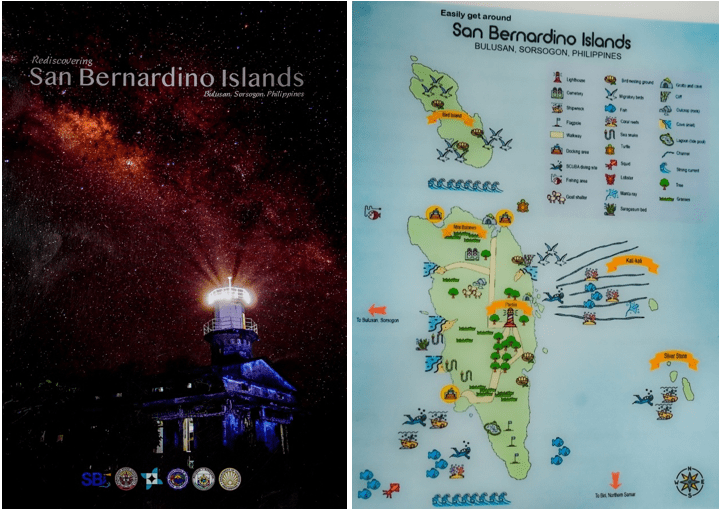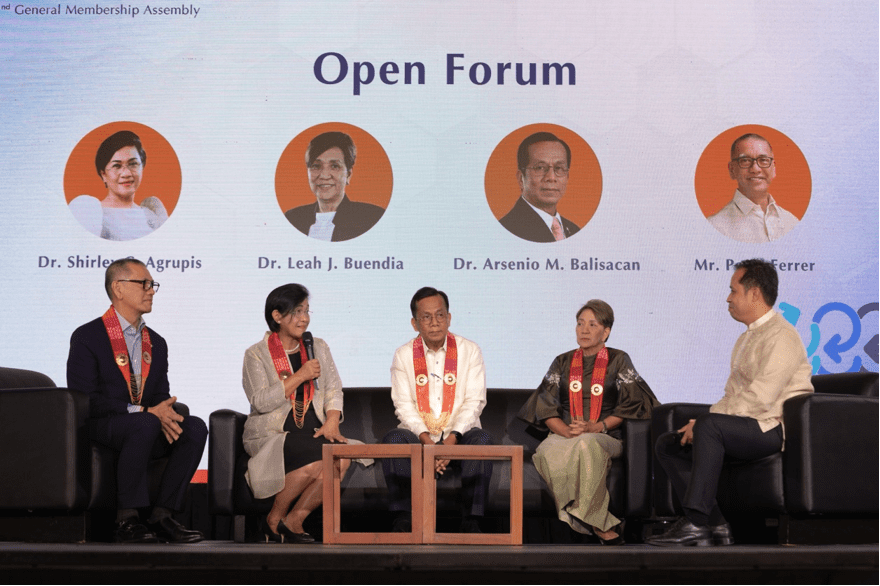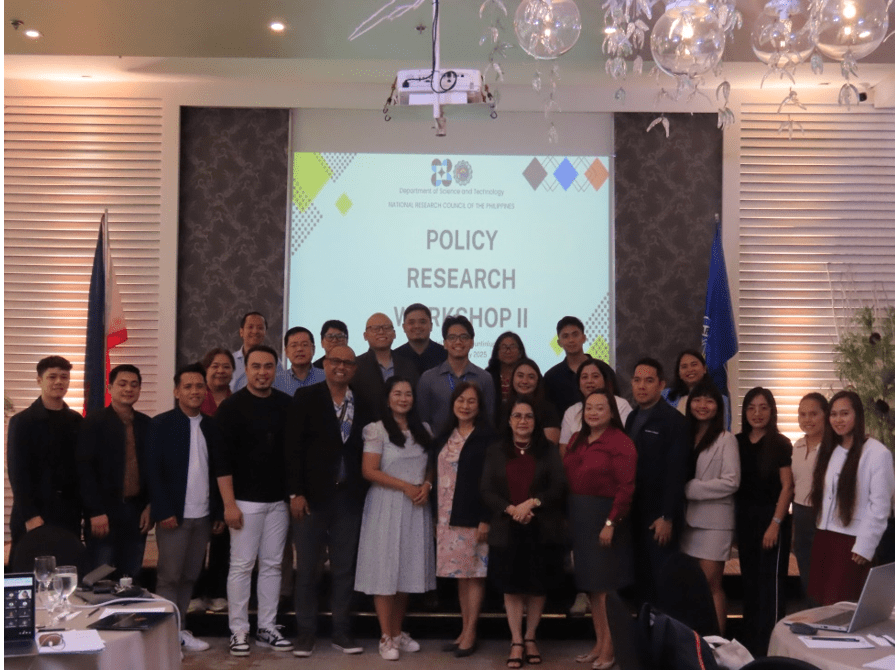Beyond Tides: Maximizing the Cultural and Ecotourism Potential of the San Bernardino Islands
Once a maritime route in the Manila-Acapulco Galleon Trade, the San Bernardino Islands (SBI) offer an uncrowded retreat for visitors seeking an immersive experience with nature and culture. Dubbed the “Batanes of the South” by locals in Bulusan, Sorsogon, SBI blends leisure with rich cultural heritage.
The local government unit (LGU) of Bulusan envisions SBI as a tourism destination that fuels socio-economic growth while preserving its natural and cultural treasures. Achieving this vision requires a balance—maximizing the potential of island tourism while empowering local communities and ensuring sustainability.

Sustainable Tourism through Project SBI
Island tourism significantly contributes to the Philippine economy. However, many island destinations have experienced overdevelopment, leading to environmental degradation, mismanagement, and cultural erosion. With the challenges ahead, Bulusan, Sorsogon, is committed to ensuring that the development of SBI prioritizes environmental sustainability and cultural preservation. This initiative aligns with SDG 8.9 and SDG 12, which promote sustainable tourism that supports local communities, preserves cultural heritage, and protects the environment.
In 2023, the Sorsogon State University (SorSu) conducted a research project titled, The Making of San Bernardino Islands’ Cultural and Ecotourism in partnership with LGU Bulusan. This project, also known as Project SBI, aimed to help LGU rebrand and promote the cultural and ecotourism potential of SBI.
The project was funded by the Department of Science and Technology-National Research Council of the Philippines (DOST-NRCP) and was led by Dr. Richard V. Dumilag, Associate Member of NRCP Biological Sciences Division and Professor at SorSu.
On February 18, 2025, Dr. Dumilag and his co-researchers presented the project findings to NRCP through a virtual session. The presentation covered the biodiversity resources, historical and cultural narratives, potential for enhanced tourism, and policy recommendations to ensure the sustainability of SBI.
Biodiversity, Culture, and Tourism Activities in SBI
Dr. Dumilag with his team conducted assessments of SBI’s flora and fauna, identifying a wide array of plant species and marine life. They recorded 15 plant families and 15 species, including trees, perennial grasses, shrubs, and ornamental plants. Additionally, the waters surrounding SBI support 28 species of marine plants. In terms of fauna, the island hosts eight classes of animals, including fish, mollusks, crustaceans, reptiles, birds, and mammals. This rich biodiversity not only enhances the island’s tourism potential but also underscores the need for protection and conservation efforts.
Beyond biodiversity, the project team also documented the historical and contemporary narratives of SBI. Interviews with key informants were conducted to record how SBI has evolved from the past decades to its present state. The research team recorded narratives, particularly about SBI, based on informant experiences, recognizing their role in shaping the island’s cultural identity and enriching its visitors’ experience. These narratives complement the island’s tourism activities by adding depth and meaning to the exploration of its natural wonders.
To further promote SBI, the project team developed a tour guide map and a dossier showcasing the potential activities in the four islands of San Bernardino. These materials highlight a diverse range of activities, including birdwatching on Tikling Island (Isla Bato), where 14 species of birds, categorized as resident, near-endemic, introduced, and migrant have been documented. Silver Stone Island, renowned for its rocky outcrops, attracts explorers and photographers, while Kali-Kali Island offers a network of channels and reefs ideal for snorkeling, diving, and kayaking.
Developing SBI as a sustainable tourism site
While Bulusan maintains strong environmental protection efforts for SBI, the research findings highlighted key challenges that hinder long-term sustainability. The project team used a sustainability index to assess the feasibility of tourism in SBI, considering environmental, economic, and social dimensions. Key issues included inadequate water and electricity supply and limited investment in tourism infrastructure, such as the restoration of the island’s lighthouse and other recreational facilities.
To address these challenges, the research team collaborated with local officials to propose a policy action plan and community-validated recommendations. One key recommendation was to address the lean seasons (June to October) by rebranding SBI and enhancing off-peak activities such as diving, birdwatching, and cultural immersion to sustain visitor engagement beyond the peak season (November to May).
Another critical policy recommendation focused on mitigating soil erosion. The proposed policy action plan suggested updating and strengthening the current ordinance of LGU Bulusan to outline stricter guidelines on access restrictions in erosion-prone areas and the prohibition of activities that contribute to biological degradation.
Sustaining SBI’s ecotourism potential requires continued collaboration among the LGU, community stakeholders, and academic institutions. These partnerships ensure sustained engagement, resource sharing, and knowledge exchange, which are critical factors for maintaining the balance between tourism development and environmental conservation. Additionally, establishing mechanisms to monitor the impact of tourism on local communities and the environment is essential to facilitate necessary adjustments and improvements.
Dr. Dumilag emphasized that integrating research findings and policy briefs into the tourism framework of LGU Bulusan will enhance existing environmental and tourism policies for SBI.
“SBI holds a rich biodiversity and thriving cultural identity. However, addressing crucial gaps in infrastructure, resource management, and community involvement is necessary to fully harness these potentials. Collaborative efforts will also play a significant role in ensuring that SBI will promote sustainable island tourism,” Dumilag added. (Rose D. Dagupen, S&T Media Service)
















